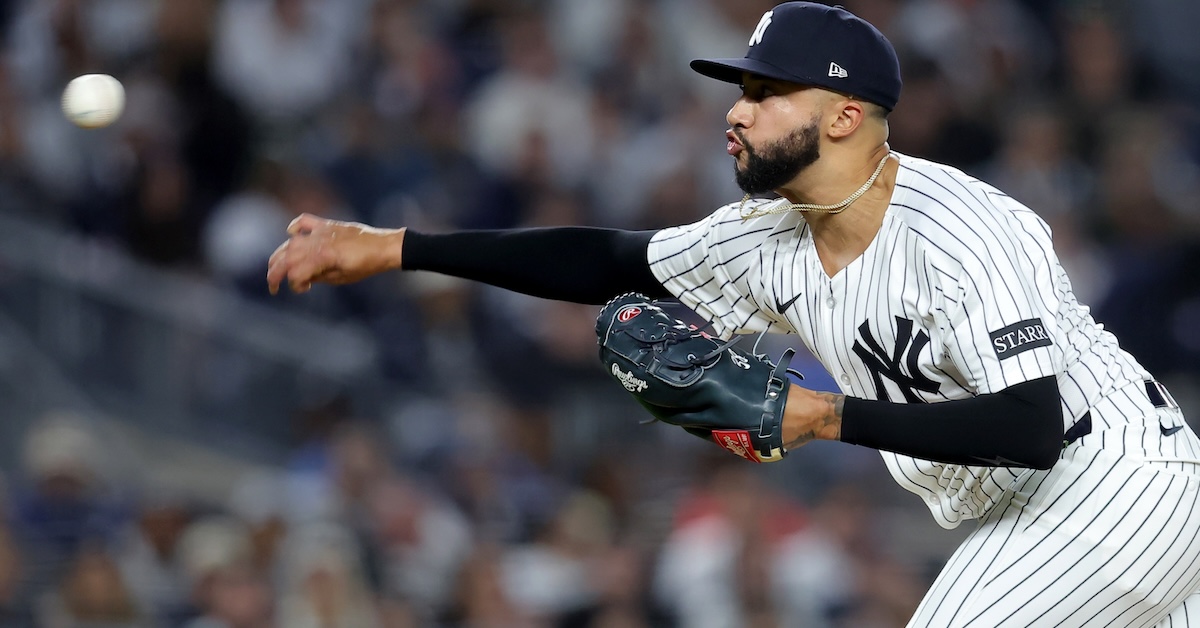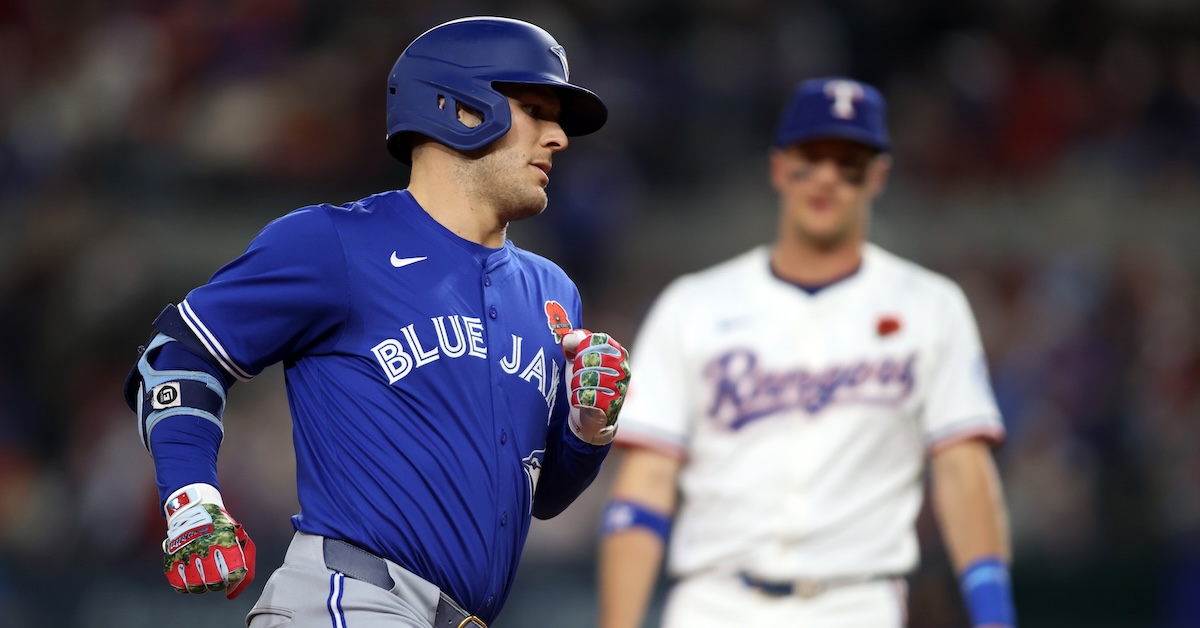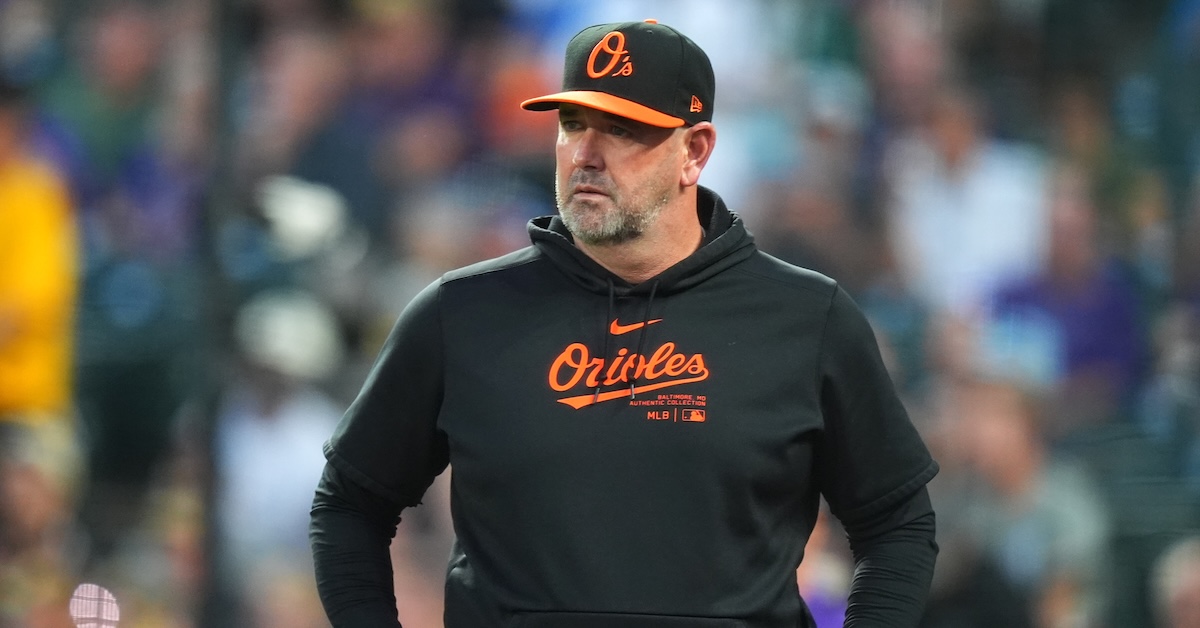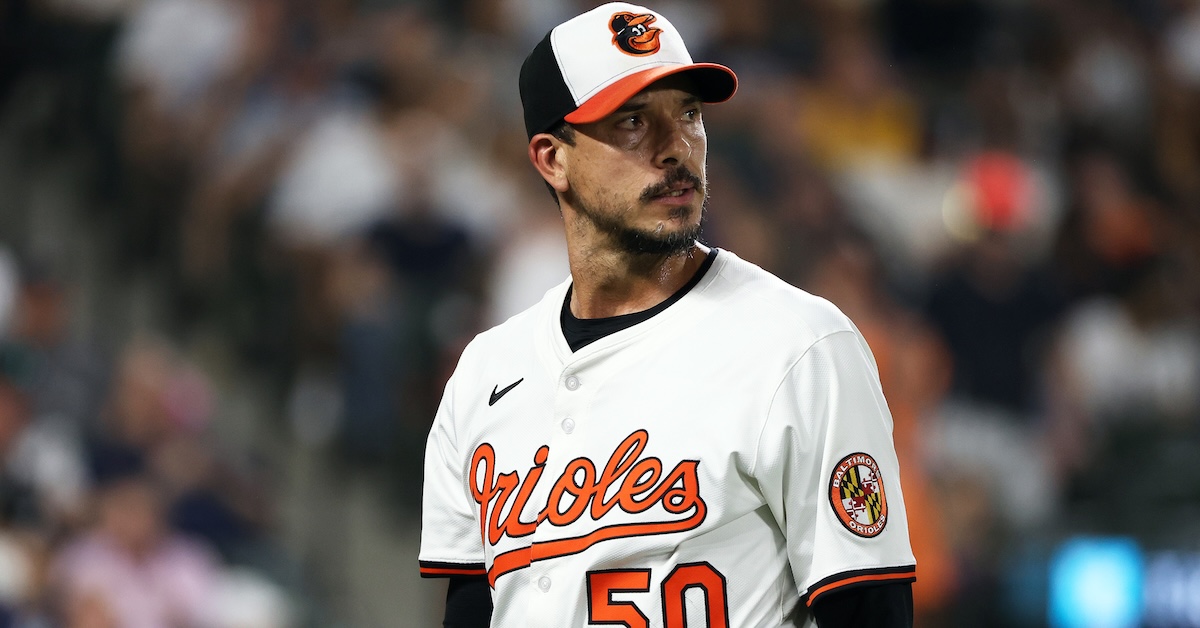Five Things I Liked (Or Didn’t Like) This Week, June 20
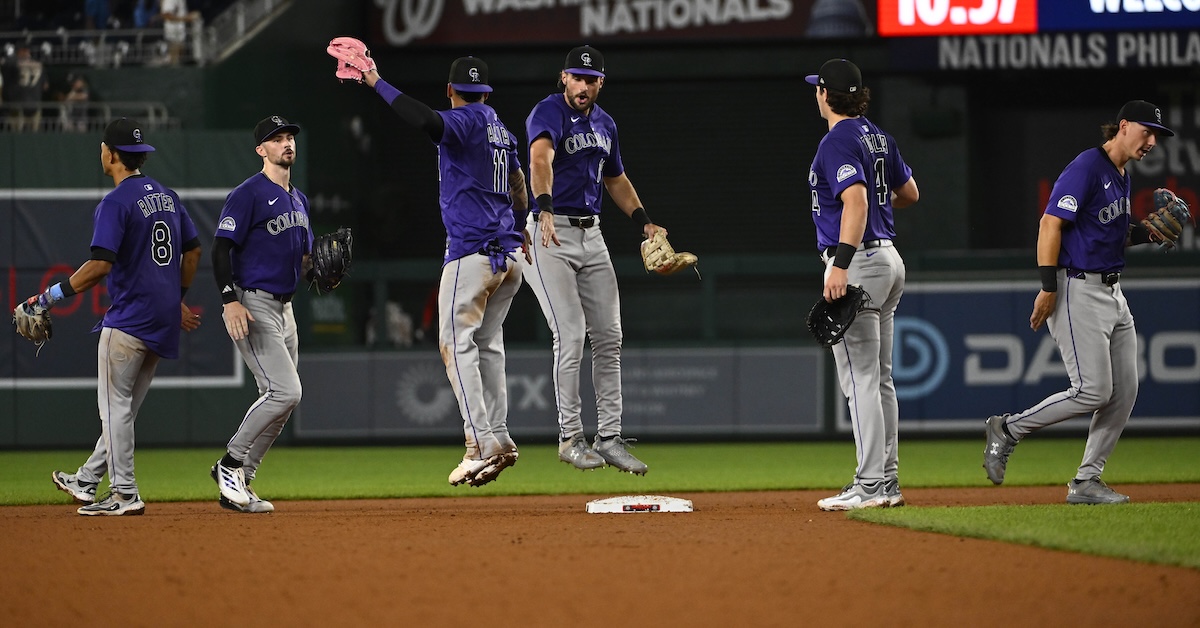
Welcome to another edition of Five Things I Liked (Or Didn’t Like) This Week. I won’t try to slow-play it; there was nothing I didn’t like this week. Baseball is freaking great right now. There are huge blockbuster trades that ignite passionate fanbases, for better or worse. The playoff chase is starting to heat up as we approach the All Star break. Crowds are picking up now that school is out. The weather is beautiful in seemingly every stadium. We’ve entered San Francisco Summer, which means it’s a lovely 57 and foggy most days here, ideal baseball weather for me (and you, too, if you live here long enough to acclimate). So I have no bones to pick this week, nothing that irked or piqued me. It’s just pure appreciation for this beautiful game – and, as always, for Zach Lowe of The Ringer, whose column idea I adapted from basketball to baseball.
1. The Streaking… Rockies?!
The hottest team in baseball right now? That’d be the Red Sox or Dodgers, probably – maybe the Rays or Astros depending on what time horizon you’re looking at. But if you adjust for difficulty level, it has to be the Rockies, who were one James Wood superhuman effort (two two-run homers in a 4-3 victory) away from a four-game sweep of the Nationals. Add that to their Sunday victory over the Braves, and they’re 4-1 in their last five. That could have been a five-game winning streak!
Sure, baseball is a game of randomness. Every team gets hot for little micro-patches of the season. But, well, this feels like the biggest test of the “anyone can do anything for 10 games” theory in quite some time. These Rockies are terrible. Their everyday lineup features six players with a combined -1.4 WAR this year. Those the starters – the bench is worse than that. Their rotation has an aggregate 6.23 ERA. They’ve been outscored by 196 runs this year; the next-closest team is the Athletics at -128. Read the rest of this entry »

